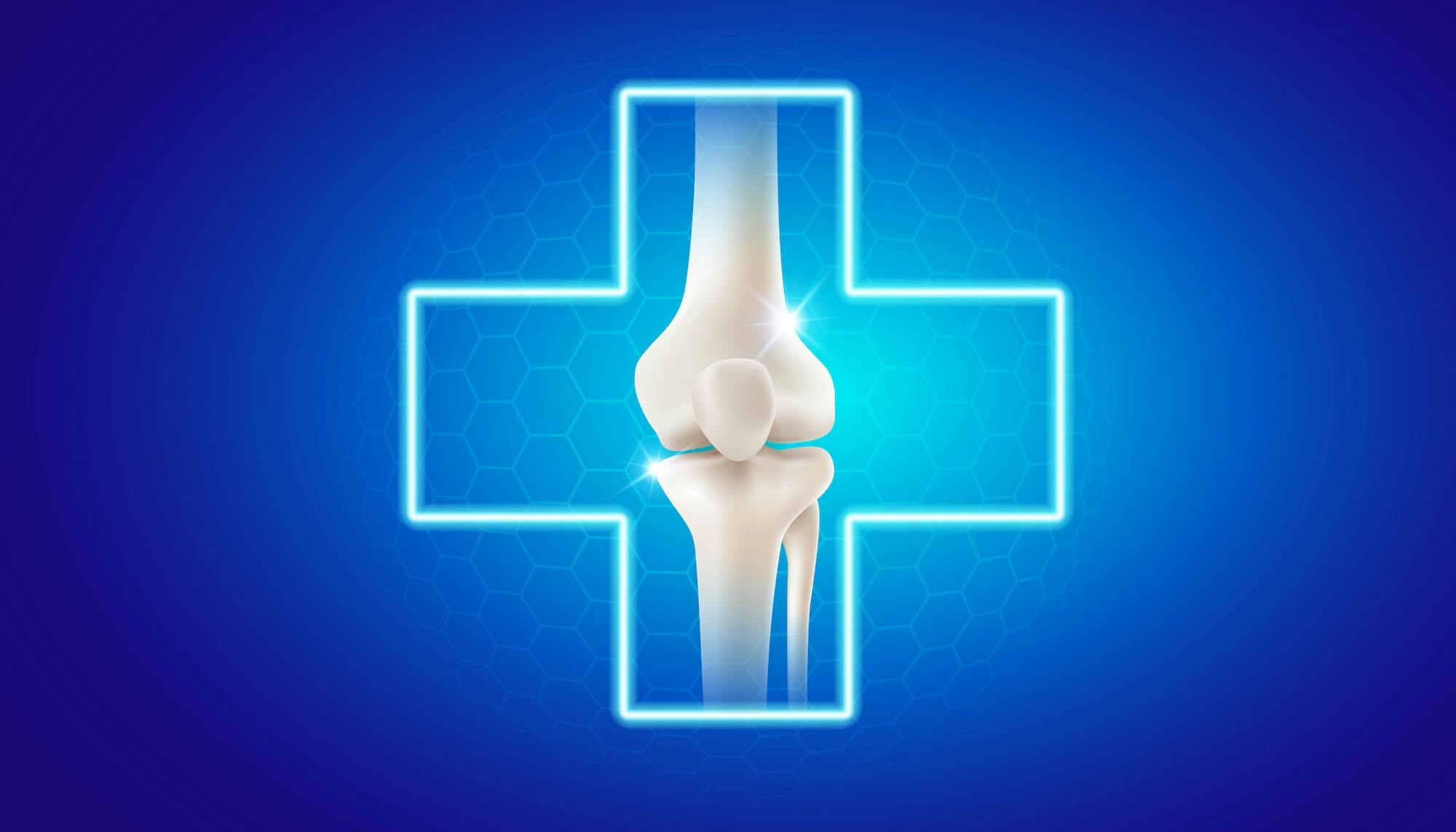- Blog
Shoulder Pain Frequently Asked Questions
Posted on 04-16-2025 in Shoulder by Dr. Chris O'Grady

Posted on 04-16-2025 in Shoulder by Dr. Chris O'Grady
Introduction
Like any orthopaedic injury, patients experiencing shoulder pain often have questions about why their shoulder hurts and what can be done about it. To empower patients to better understand their body and know when it is necessary to seek treatment, we've outlined some of the most common questions we receive from patients below.
What causes shoulder pain?
Shoulder pain, one of the most common orthopaedic conditions, is caused by damage to one or more of the components of the shoulder—the bones, muscles, tendons and ligaments that comprise the joint. This damage can be caused by disease, chronic overuse, or acute injury, so shoulder pain can appear immediately or progress gradually over time. Oftentimes these are soft tissue injuries, like tendinitis or rotator cuff tears, but the three major bones of the shoulder—the humerus, scapula and clavicle—can also be damaged through overuse or injury.
What type of tests are used to diagnose the cause of shoulder pain?
There are a number of ways for an orthopedic surgeon to diagnose the cause of shoulder pain. The most reliable and comprehensive method is through a physical examination of the joint. During this exam, an orthopaedic surgeon will take a detailed individual and family medical history and manipulate your shoulder to assess its range of motion, strength and resilience. If further inquiry is required following the physical examination, your physician will order any necessary diagnostic tests, such as x-ray studies, an MRI, a CT scan, or a diagnostic ultrasound.
What are the non-surgical treatment options for shoulder pain?
Generally speaking, an orthopedic surgeon will try to treat shoulder pain non-surgically before proceeding with a surgical approach. Based on your individual and family medical history, physical examination and applicable diagnostic test results, a physician could recommend any number of non-surgical treatment options for your shoulder pain. These may include lifestyle changes, like activity modification and diet; medication; physical therapy; or other minimally-invasive treatments like orthobiologics or corticosteroid shots.
What are the surgical treatment options for shoulder pain?
If your injury requires immediate intervention, or a more conservative approach has failed to address your shoulder pain, your surgeon may elect to proceed with a surgical procedure. Thanks to advances in the science and techniques of orthopaedic surgery, many procedures are now performed arthroscopically, which allow the surgeon to work in the joint through incisions much smaller than those required by traditional open techniques. Smaller incisions lead to faster recovery times and lower the chances of infection during your procedure. However, some procedures, like those required for traumatic injuries or total joint replacements, are still performed using open techniques.
What are common surgical treatment options for osteoarthritis of the shoulder?
If your osteoarthritis does not respond to conservative treatment, like physical therapy and medication, your surgeon may elect to proceed with surgical intervention, specifically a total or reverse shoulder replacement. Total shoulder replacements require your surgeon to replace the "ball and socket" components of the shoulder anatomy as they naturally occur (i.e., the "ball" at the head of the humerus and the glenoid "socket" are replaced with synthetic components). In reverse total shoulder replacements, these components are switched; the synthetic "ball" is rooted where the "socket" naturally occurs and the synthetic "socket" is placed at the head of the humerus. The health and stability of the rest of your shoulder will help determine which procedure your surgeon elects to move forward with.
What is the recovery process after shoulder replacement surgery?
There are many factors that affect the recovery process following shoulder replacement surgery. Age, occupation, health status, individual and family medical history, and the type of procedure performed all influence the recovery process. Generally speaking, a patient can expect to regain day-to-day functioning of the shoulder 3-4 weeks following surgery, with healing and improvements in strength and function continuing for up to a year. During this time, patients will work with their surgeon and physical therapist to ensure they maintain a healthy recovery program.
What are some recommendations for shoulder stretches?
Whether you are treating shoulder pain surgically or non-surgically, it is critically important that you develop and maintain a shoulder strength and flexibility program to promote healing and prevent further injury. Patients who adhere to physical therapy programs, which include both strengthening and flexibility exercises, are more likely to experience successful outcomes when treating shoulder pain. A key part of recovery, stretching makes the soft tissues of the shoulder stronger and more resilient. Some common shoulder stretches are the cross-body stretch, trapezius stretch, open book or doorway stretch, modified triangle pose and the sleeper stretch.
What types of arthritis can occur in the shoulder?
Arthritis literally translates to "inflammation of the joint," and describes any disease process which leads to cartilage loss. Cartilage serves an incredibly important role in joints of the body, as it "cushions" the space and prevents bone-on-bone contact. Arthritis occurs in every major and minor joint and can be very painful, because the wearing down of cartilage causes bones to grind against one another. This leads to increasing stiffness, pain, swelling and decreased use of the shoulder. The three principal forms of shoulder arthritis are osteoarthritis, the most common; rheumatoid arthritis, which is caused in part by the body's immune system; and post-traumatic arthritis, which occurs following injuries like dislocations or fractures.
What are some nonsurgical treatment options for shoulder arthritis?
Before electing to proceed with a shoulder replacement, it is likely that your surgeon will try to treat your arthritis with a non-surgical approach. The most common forms of nonsurgical treatment for arthritis are medication, like NSAIDs; corticosteroid injections; dietary supplements; rest, ice, elevation and compression (RICE); and physical therapy.
How do you prevent shoulder pain?
The easiest way to treat shoulder pain is to prevent it from happening in the first place. Setting aside acute injury, the most common causes of shoulder pain stem from repetitive motion and postural issues. Activities like swimming, tennis and baseball require a lot of repetitive overhead motion, so if one or more of these activities are your passion, it is advisable to start a shoulder strength and flexibility program to help prevent injury. Furthermore, staying cognizant of your posture throughout the day, both during activity and at rest, will help ensure you do not place undue stress on the shoulder through misalignment of the bones and soft tissues.

March is National Nutrition Month®, and as part of the conversation, the North Florida Bone & Joint team wants to emphasize the impact diet can have on your bone health. Before diving in, it's essential to understand the role the skeleton plays in your body. Specifically, the skeleton—and the bones its comprised of—serve the following functions:

At North Florida Bone & Joint Specialists, we’re committed to delivering convenient, expert care throughout the Gulf Coast. As part of that commitment, we’re excited to announce the expansion of our clinical office footprint. In March, we opened two new locations in Milton and Navarre, FL, further enhancing our ability to serve patients across Northwest Florida.

Valentine’s Day is all about love—so why not show your joints some love, too? Whether you’re an athlete, an active adult, or simply looking to maintain mobility as you age, taking care of your joints is essential for long-term health and well-being. At North Florida Bone & Joint Specialists, we believe that self-care isn’t just about relaxation—it’s about making intentional choices to keep your body strong, pain-free, and resilient. Here are four self-care tips to keep your joints healthy and moving with ease: